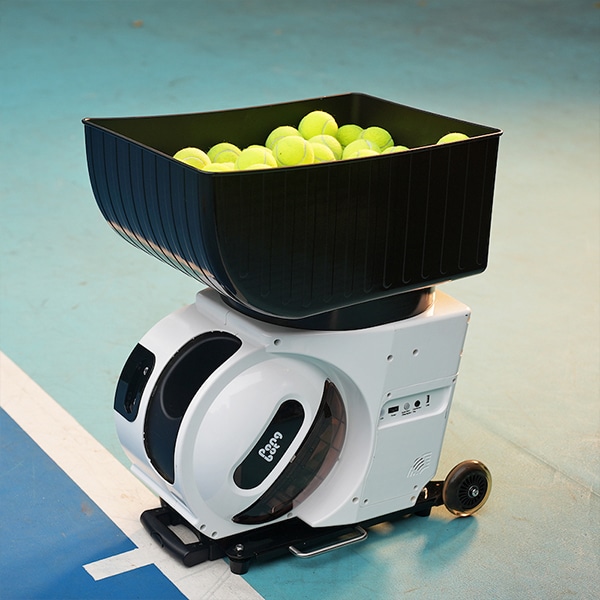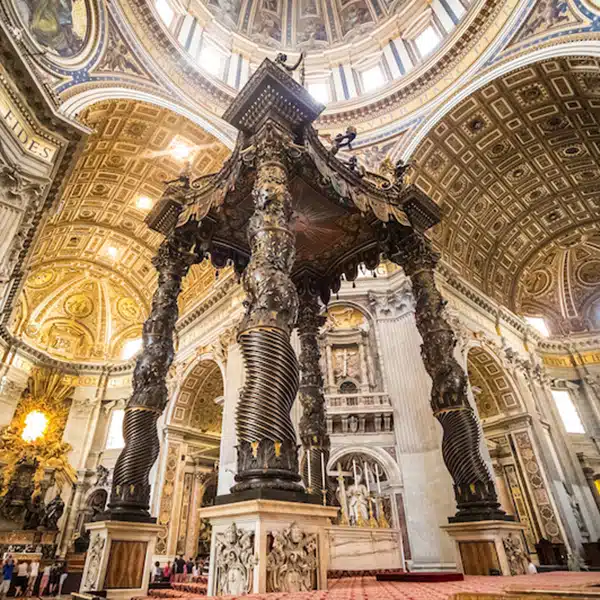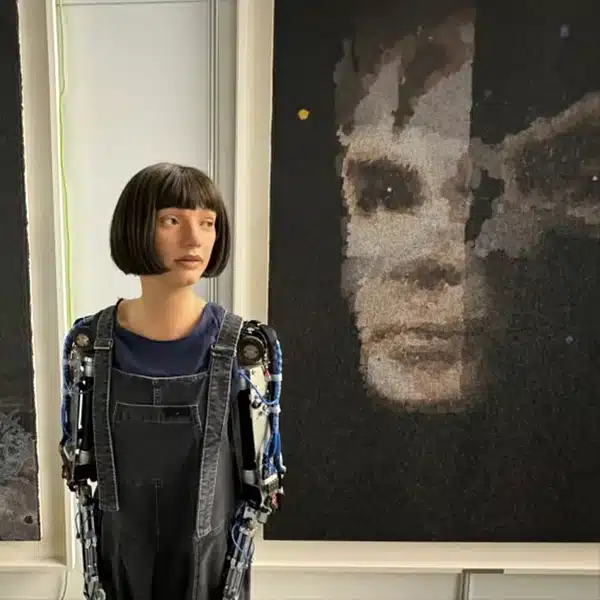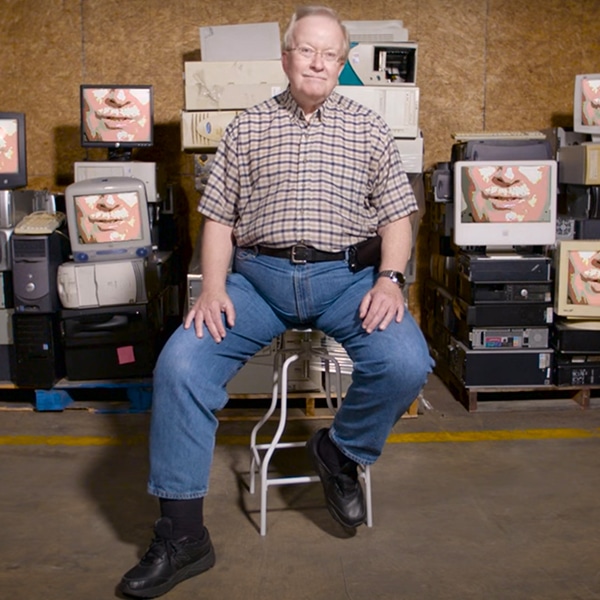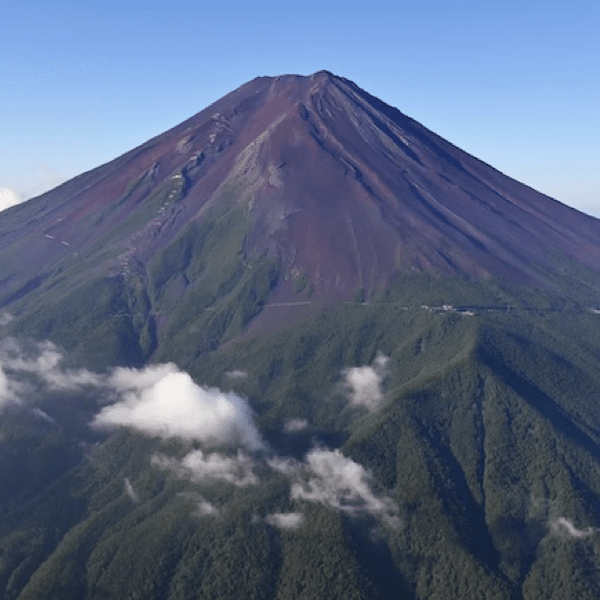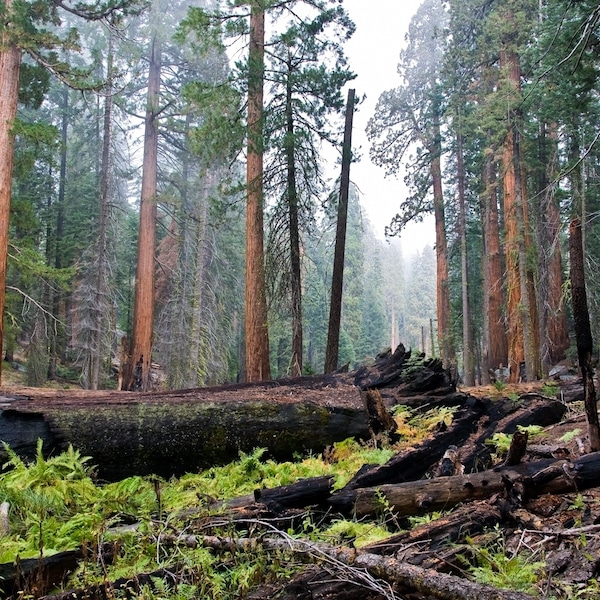
In dramatic fashion, Tesla CEO Elon Musk unveiled the company's new solar roof and Powerwall 2 on the Universal Studios set of Desperate Housewives. As the sun set over the lot, Musk called the crowd's attention to four houses all fitted with Tesla's jointly branded venture with SolarCity—solar roofs available in four distinct styles. From street level, the shingles appear ordinary, but in reality are textured glass tiles with integrated solar cells. Due to a special coating, the tiles are transparent when viewed directly, but change appearance depending on the viewing angle. “The key is to make solar look good,” Musk explained, “We want you to call your neighbors over and say, ‘Check out this sweet roof.'”
With finishes in Textured Glass, Slate Glass, Tuscan Glass, and Smooth Glass, Tesla is banking on an aesthetic appeal that is often lacking with conventional solar panels. The tiles are made from quartz, promising a durability that Musk calls “quasi-infinite.” Operating with 98% efficiency compared to traditional solar panels, Tesla's solar roof works in tandem with the Powerwall 2, debuted at the same event. This updated version of the Powerwall energy storage system boasts double the capacity of the original and will be able to power a four bedroom house for about a day. With the ability to charge Tesla's electric cars, the Powerwall 2 allows you to seamlessly store energy harvest from your solar roof and use it to power your electric car. Powerwall 2 costs $5,000 and will be available for order on the Tesla website shortly.

“We need to make solar panels as appealing as electric cars have become,” Musk said. “It needs to be beautiful, affordable, and seamlessly integrated. If all of those things are true, why would you go any other direction?” Musk is banking on consumers feeling the same way, with SolarCity’s co-founder and chief technology officer Pete Rive estimating that within two years of production the shingles could account for five percent of the five million roofs installed in the U.S. every year.
While details on the cost of the solar roof have not yet been released, Tesla is estimating a slow initial rollout in about nine months. The plan is for Panasonic to produce the solar cells and for Tesla to assemble the glass tiles and everything that goes along with them. Much of this is predicated on shareholders approving Tesla's $2.2 billion acquisition of SolarCity. The vote will happen on November 17, and if it goes through, Tesla is a step closer to realizing its dream to provide a tightly integrated solar experience by selling products for energy generation, storage, and transportation. Essentially, Musk's vision for Tesla will be on the brink of reality. “Tesla is not just a car company. The real purpose of Tesla is to innovate the future of power. Cars are just part of the solution.”



Tesla: Website
via [Inhabitat]
All images via Tesla.














































































